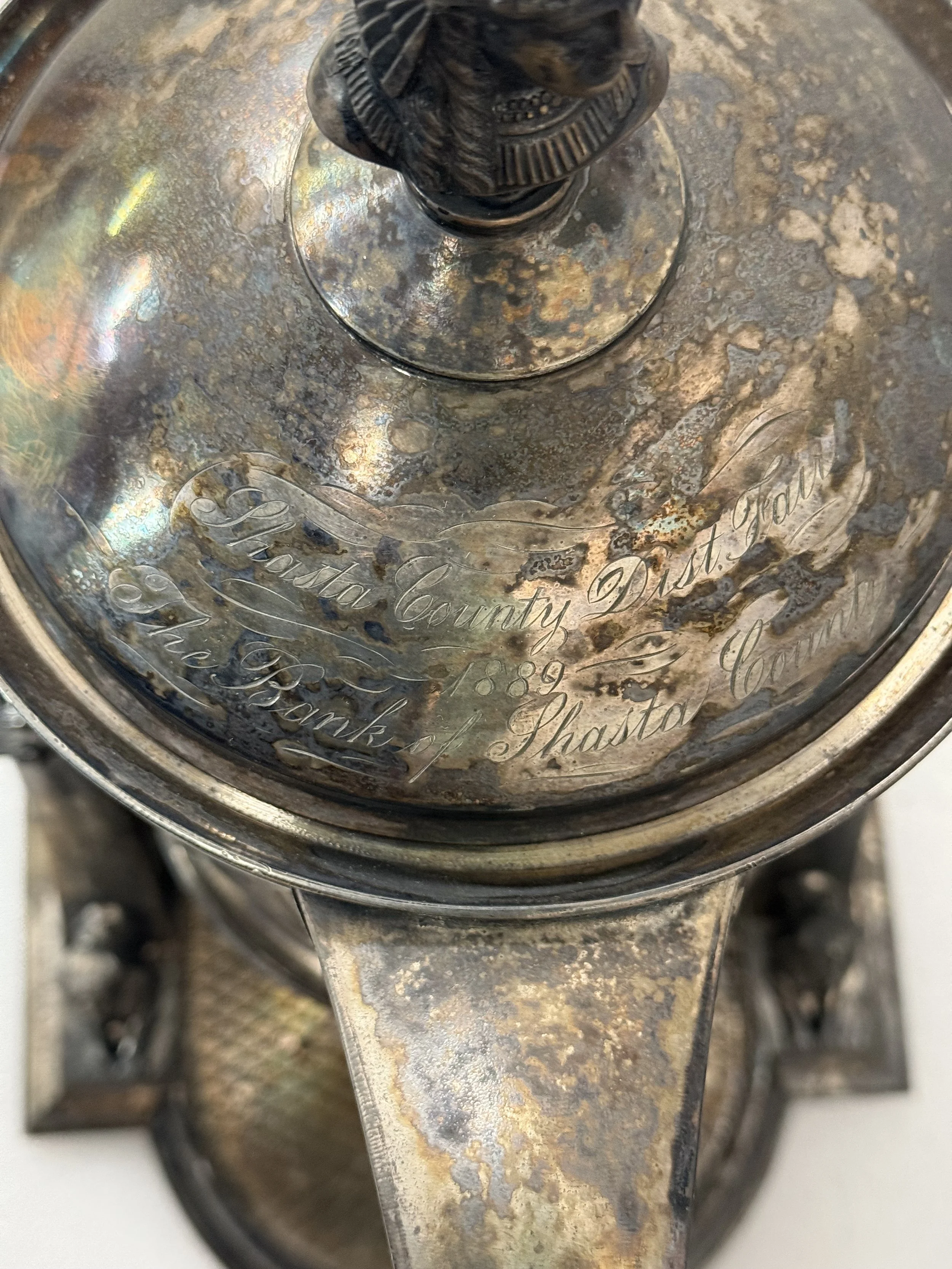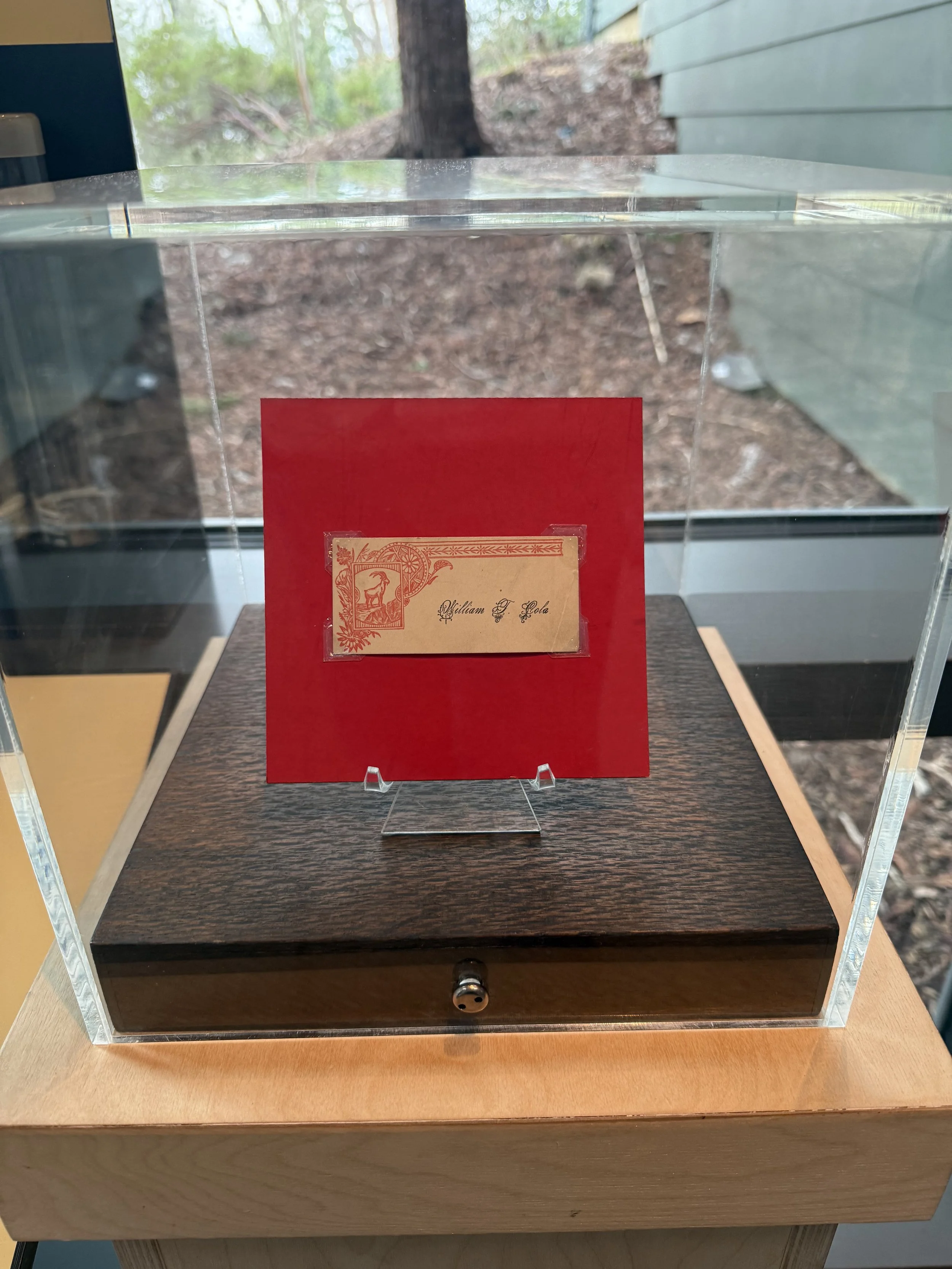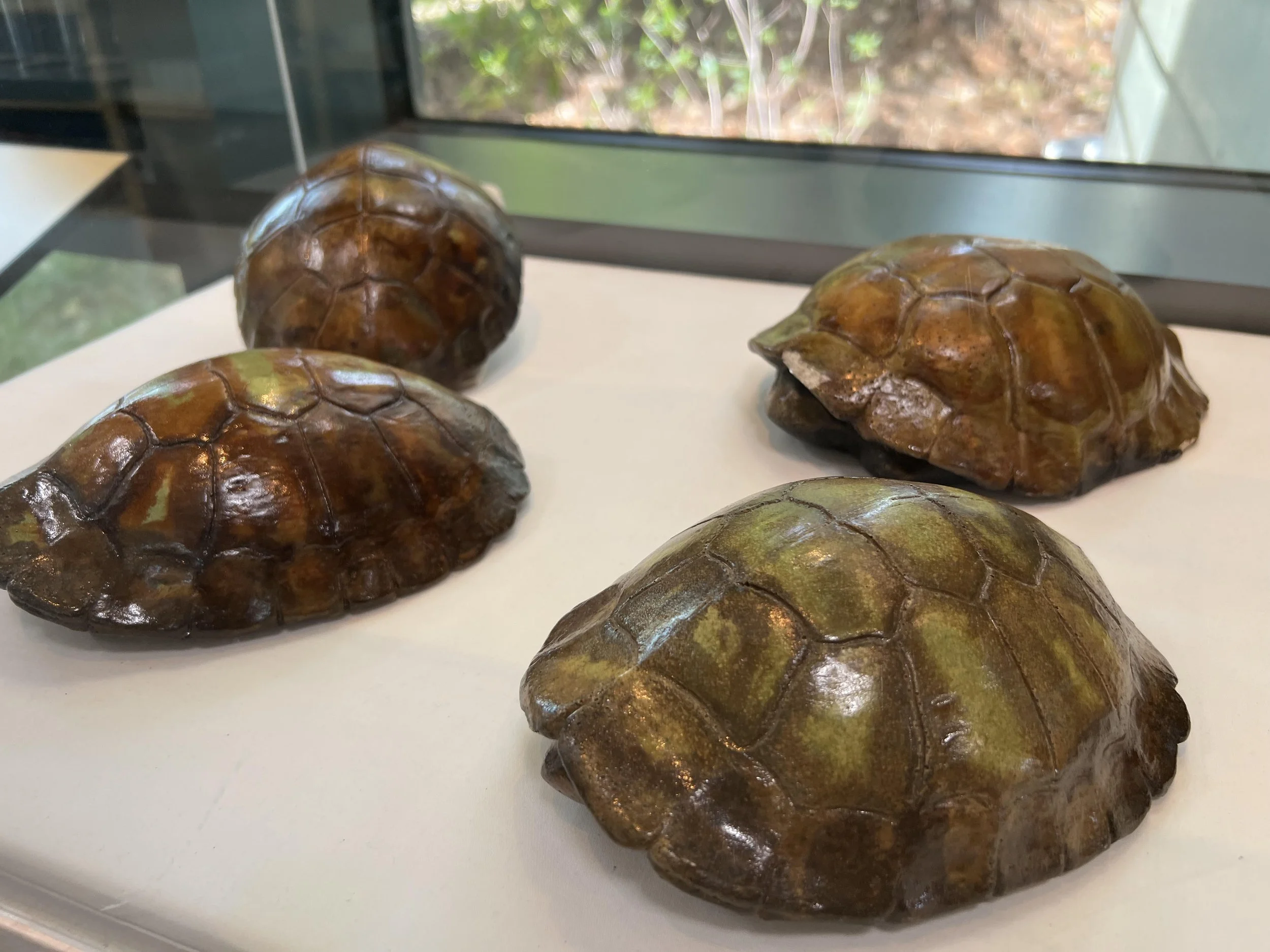Don’t forget to Spring Forward this month!
Artifact of the Month - Classroom Souvenir
Artifact of the Month - Vintage Quinua Ceramic
Artifact of the Month: Queen Elizabeth Coronation Souvenir
With all the media coverage of the Royal Family recently and over the past couple of years, it seemed appropriate to share this trinket dish from Turtle Bay’s Permanent Collection. It was issued in 1953 to commemorate a momentous occasion, Queen Elizabeth II's Coronation Ceremony. As she had no brother, she ascended to the throne on February 6, 1952, following her father's death due to prolonged illness. She was only 25 years old at the time.
Artifact of the Month: Turtle Maquettes
We are excited to share these beautiful, green, glistening maquettes in honor of the Museum’s 20th Anniversary! Much has changed at Turtle Bay Exploration Park since these very first Public Artworks were commissioned!
Created by Troy Corliss for the opening of the Visitor Center in 2000, these maquettes, or models, are small versions of larger sculptures that now reside at the West Entrance of the Botanical Gardens and are simply and officially designated “The Turtle Sculpture”. Troy was commissioned by what was then called “Turtle Bay Museums and Arboretum on the River” to design a turtle sculpture to greet guests.
Artifact of the Month: Tabi Socks
Artifact of the Month: Amano Time Clock
Artifact of the Month: Haida Argillite Sculpture
Artifact of the Month: Victorian Pickle Castor
How providential that we are able to present this perfectly pleasing yet peculiar pickle paraphernalia! This is not your ordinary pickle jar! In fact, it probably didn’t hold the type of pickles we are most familiar with today – those delicious, tangy, former cucumbers. Before the ubiquity of refrigeration, jams, jellies, pickles, and chutneys preserved produce for future consumption. Victorian pickle recipes included sweet pickled cantaloupe, pickled onions, cauliflower, cabbage, radish pods, nasturtium seeds, walnuts, as well as the more familiar gherkins and cucumbers. Spiced or pickled fruits such as sour plums, blackberries, cherries, and pears were also popular. Yum!
Artifact of the Month: Powder Horn
You may think this is a horn to blow – a type of trumpet to gather the troops and charge into battle! Though these objects were sometimes used in battle, by local militiamen during the Revolutionary War for example, powder horns served a different purpose. In addition to bullets and the firearms themselves, powder horns carried another important part of the kit – gunpowder!
Artifact of the Month: Bentwood Box
Artifact of the Month: Opera Glasses
Long before we cozied up for a movie with a bowl of popcorn and a loved one, shuffled through our iPod playlist, cheered to a baseball game on the radio, or sheltered-in-place, folks sought live entertainment in the company of friends and strangers. It was both intimate and communal. Performances such as plays, operas, ballets – even music, magic, and comedy – took place on a big, well-lit stage. Patrons sat in a darkened auditorium. Some were close enough to see the sweat of an actor’s brow, yet some sat too far to make out important details that helped tell the story. Sporting events like horse racing also presented a need to see the action from a distance. Luckily, a series of technological advances led to an elegant solution – opera glasses.
A Golden Opportunity to Learn Local History
History can be messy, and sometimes even uncomfortable, but it’s important. Learning about the past helps us understand and situate ourselves in the present. Incorporating multiple voices and perspectives only furthers and enriches the story, making us more empathetic to the plight of others and giving us a well-rounded and accurate picture of the past.
Artifact of the Month: 1960s Murray Pedal Car
Stylish and sleek, February’s Artifact of the Month is a 1960s Murray Pedal Car. Murray Ohio Manufacturing Company was originally founded in 1919 to make fenders, fuel tanks, and other automobile parts. They began making children’s toy cars in 1923 and bicycles in the 1930s. Perhaps the most fascinating aspect of this pedal car is the high likelihood that it was designed by renowned artist and industrial designer Viktor Schreckengost, who worked for Murray from 1936 to 1972.
Tammis Keefe: Whimsical and Vibrant
Not only are her designs adorably whimsical and highly collectible, but she was a role model to aspire to! My curiosity was piqued and I was falling headfirst down the rabbit hole. Before things went too far, I opened up our collections database to see how many Tammis Keefe items we had in the collection. Would there be enough to create an exhibition? The answer is… yes!




















